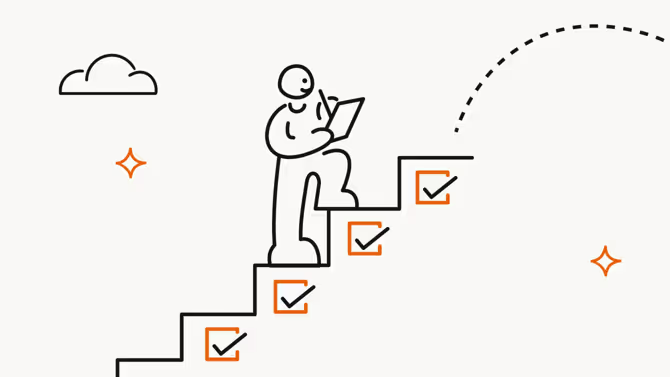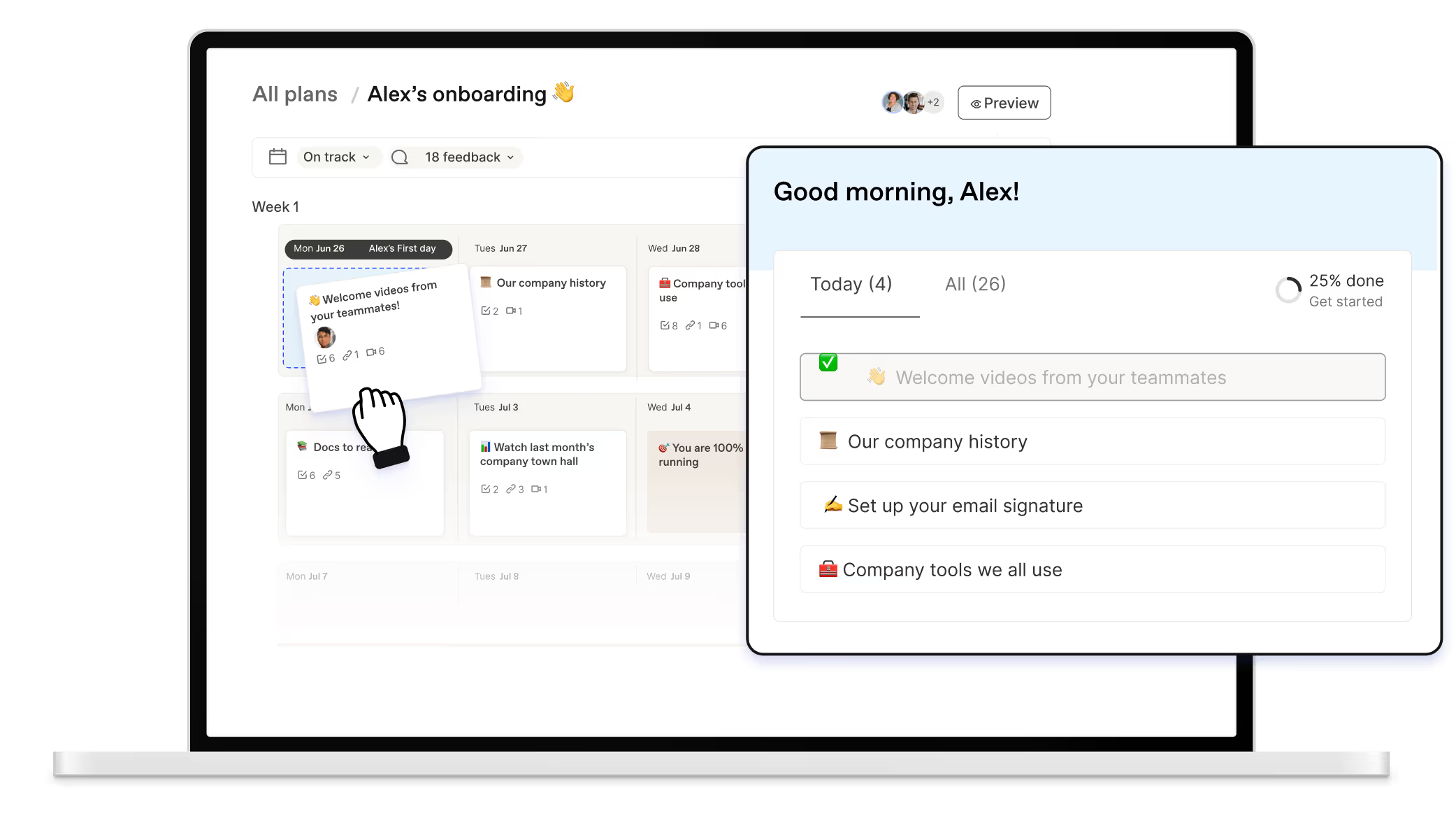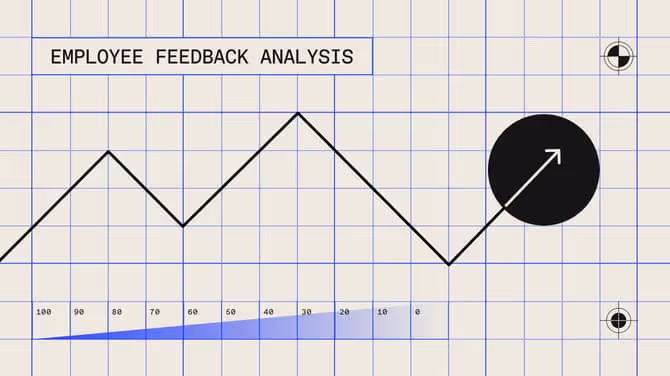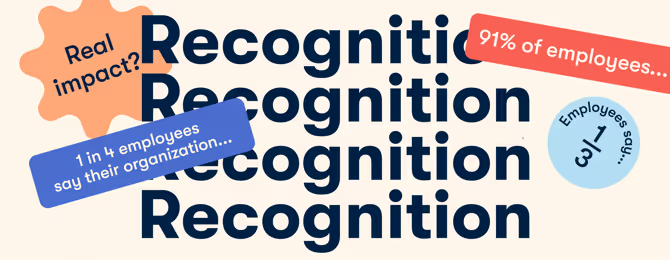How to evaluate your employee onboarding process

Streamline, organize, and automate your onboarding process like magic.

Just like building a strong foundation for a house is crucial to establishing a lasting structure — having a solid employee onboarding phase sets the tone for the rest of an employee’s life cycle.
Onboarding sows the seeds of employee engagement, productivity, and retention. That said, a Gallup report reveals that only 12% of employees agree their employers do a great job at onboarding. Clearly, there’s room to improve.
The onboarding process is a critical phase that shouldn’t be slept on. But how can managers tell if their current onboarding process is hitting all the right marks?
This article looks at ways to evaluate employee onboarding processes, helping you take your own onboarding experiences from good to great.
The importance of evaluating your onboarding process
Following the guiding principles of continuous performance management, regularly evaluating onboarding processes is critical to ongoing growth. This routine sense check ensures managers have constant visibility of opportunities for improvement so their new employees can thrive and perform at their best as they get up to speed with their new work environment.
Neglecting such a critical phase of the employee journey can lead to high turnover rates and break the confidence of new hires. And, according to Gallup’s onboarding perspective paper, most managers have no idea what parts of their onboarding programs work and what parts don’t. By continually assessing (and fine-tuning) your onboarding process, you’re ensuring the employee experience standards of your company remain high at all times.
Onboarding is deeply tied to the overall employee experience. Imagine a new employee welcomed with a comprehensive, personalized, and super-engaging onboarding process. What a great tone this sets!
Step-by-step employee onboarding evaluation guide
An effective employee onboarding evaluation requires a structured and methodical approach. The following sections offer a template structure to help managers evaluate and enhance their own onboarding processes.
Jump to:
- Five steps to conduct an evaluation
- Key areas of onboarding to evaluate
- Using technology to enhance evaluations
{emphasize}Remember: These guidelines are meant to serve as a jumping-off point. Don’t hesitate to personalize them to make them fit your team’s realities!{emphasize}
Five steps to conduct an evaluation
Conducting and onboarding process evaluation starts with involving the right people, knowing what data you need to collect and analyze, and making a plan for any needed improvements:
Step 1: Identify and survey the right stakeholders
Who better to provide insights on your onboarding process than those who use it, be it directly or indirectly? For a comprehensive understanding of the state of things, look to survey:
- New employees going through onboarding
- Employees who have just completed their onboarding
- Other team managers who oversee onboarding
- HR managers
Find in the next section the key areas of the onboarding process to evaluate — and what types of questions to ask these stakeholders!
Step 2: Analyze onboarding data
There’s nothing like numbers to reveal objective truths. Review data related to onboarding to identify bottlenecks or inefficiencies, including areas like:
- Onboarding program duration
- Task completion rates
- Time-to-productivity
Consider feedback and data insights to decide the best course of action. Data should be used as a complementary understanding of what's working and what's not.
Step 3: Benchmark against onboarding best practices
How can managers know what good standing is if they don’t have established benchmarks? Comparing current onboarding best practices against industry standards or company benchmarks can help you identify areas for improvement.
Step 4: Identify opportunities for automation and integration
Automation and integration remove unnecessary manual processes to make work less tedious and more productive and streamline the onboarding experience as a whole.
While certain processes may not cause issues, they may still benefit from improvement. For example, manual bookings for standardized onboarding meetings could be automated — adding one less thing to a manager's plate. Optimize processes, see where they can integrate better with existing systems, and where's an easy upgrade.
Step 5: Create an action plan for improvement
Every solution needs a next step. Every solution needs a next step. Once an evaluation is complete and you've identified opportunities for improvement, the next step is to develop a strategic action plan to address the gaps and incorporate solutions to improve onboarding where appropriate. Read on to find out more.
{emphasize}A note on the role of feedback in onboarding evaluations
While it’s great for managers to self-evaluate employee onboarding processes, getting feedback from multiple perspectives and through multiple ways ensures a comprehensive understanding.
There’s more than one way to ask for feedback. Managers can gain more understanding of their onboarding process through surveys, one-on-one discussions, or even group feedback sessions.
Seeking feedback from others who have stakes in onboarding success, such as HR managers and team leaders, could also reveal opportunities for improvement. But more on that in the next section.
Want the truth? Look at the metrics! Know what else may reveal insights about the efficiency of your onboarding process? Retention and engagement metrics! Data relating to early turnover rates and engagement levels are vital indicators of onboarding success.{emphasize}
Key areas to evaluate
Breaking down your current onboarding process into its core elements will make evaluating and pinpointing opportunities for improvement that much easier. Generally, these areas would be key to look at:
Onboarding milestones and timeframe
Consider the entire onboarding journey from an employee’s first day to the last day of onboarding. It’s crucial for milestones to be clear and for the overall timeframe in which they sit to be realistic.
{emphasize}Questions to ask:
- Are the onboarding goals and milestones well-defined and communicated?
- How does each milestone contribute to the new employee’s integration process? Are they aligned with the organizational goals?
- Is there sufficient time given to accomplish each milestone? Is there flexibility toward individual progress?
- Does the overall onboarding plan feel too short or too long? How confident do employees feel once they complete the onboarding phase?{emphasize}
Task management and role clarity
Onboarding journeys must be easy to track — for managers’ and employees’ sake. Having an efficient onboarding task assignment and management system helps everyone be clear on their roles and stay on target.
{emphasize}Questions to ask:
- What current onboarding management system is used? Does it enhance the employee onboarding experience and make task management easy?
- Are roles, task assignments, and expectations clear, or do new hires sometimes experience uncertainty or confusion?
- Is the system user-friendly? Does it integrate other tools, resources, or communication channels the new hires need?{emphasize}
Performance and productivity
The whole point of onboarding is to get new employees up to speed on their roles, responsibilities, and organizational processes as fast as possible — so they can become productive members of your workforce. A good onboarding process contributes positively to performance.
{emphasize}Questions to ask:
- Does the performance and productivity data of new employees over the first year experience a steep or are there dips in progress? Is there a correlation with specific moments of the onboarding process?
- How do new employees feel about their performance in the first month compared to three months in? Do they feel confident or need more support?
- In hindsight, is there any key knowledge that helped unlock performance that should be more emphasized in onboarding?{emphasize}
Employee feedback and engagement
Feedback reveals important truths. And, while direct feedback through surveys is insightful, employee engagement is a valuable, indirect feedback metric too.
{emphasize}Questions to ask:
- What channels or tools are available for new employees to provide feedback? Are they properly shared and explained, accessible, and easy to use?
- Are feedback opportunities for both employees and managers frequent enough? Are they being properly leveraged to gain insights?
- What are the options for negative feedback? Would anonymous feedback tools help increase response rates?
- How is indirect feedback, such as engagement metrics, being collected during onboarding?{emphasize}
Retention and early turnover rates
Retaining top talent begins with effective onboarding. Early turnover rates (turnover observed in new employees) can reveal gaps in your current onboarding process to help prevent future success stories from coming to a premature end.
{emphasize}Questions to ask:
- What is the current retention rate amongst newly onboarded employees, especially within the first year?
- During exit interviews, is feedback being asked about the onboarding experience and how this could have impacted the decision to leave?
- In what ways is the current onboarding process applying long-term retention strategies?{emphasize}
Cultural alignment
Onboarding isn’t just an opportunity to bring employees up to speed with their new responsibilities but also to showcase the company culture — which in turn has a ripple effect on employee morale, performance, and loyalty.
{emphasize}Questions to ask:
- Does the current onboarding process effectively introduce our company’s values, mission, and culture?
- Can opportunities for new employees to engage in exciting cultural activities be integrated into the onboarding process?
- What are new employees’ sense of belonging and connection to the organization after the first month? What about the first six months?{emphasize}
Resources and support involved
From training materials to mentors, all kinds of resources and support are needed throughout the employee onboarding process and have a great impact on the overall onboarding experience.
{emphasize}Questions to ask:
- What resources (ex: reading materials, training modules) are available to support new employees in their onboarding? Are all bases covered?
- Are resources made easily accessible throughout onboarding, or do new employees have a hard time finding them?
- Are buddies or mentors established and assigned? Are introductions being facilitated in the early stages of onboarding?{emphasize}
Integration with tools and systems
As with any organizational process, seamless integration is key to enhancing employee and managers' efficiency and overall onboarding experience. The extent to which your onboarding process integrates with existing systems, like HR or communication tools, can reveal where you could upgrade to current standards and revitalize your practices.
{emphasize}Questions to ask:
- Does the onboarding system benefit from additional features, like progress tracking, reporting, and communication channels?
- How does the integration of existing tools and systems contribute to the effectiveness of the onboarding experience?
- Does the overall onboarding process help fulfill other organizational agendas, like performance evaluations, project tracking, or team management?{emphasize}
Using technology to enhance onboarding
In a world where there’s a lot of multitasking, technology comes to the rescue to automate tasks to free up bandwidth for more human moments.
Tools designed for onboarding can address common gaps and inefficiencies in the onboarding process — like lack of clarity and manual processes — and have the ability to enhance how employees experience what is, essentially, the first chapter of their professional journey with you.
The advantage of a tool like Workleap Onboarding is the integrative elements, making it a turn-key solution to welcome new hires and set them up for success. We’re talking task management to make visibility and better prioritization possible, integration capabilities like an automated meeting booking system, and smart analytics to capture progress and engagement in real-time. Workleap Onboarding also hubs discussion boards so new hires feel empowered to ask questions and surveys to get feedback from everyone involved.

Implementing changes and measuring success
After conducting an evaluation, it’s essential to set actionable steps towards improving to see better results from future onboarding experiences. Here are some tips:
Prioritize certain areas first
Process improvement doesn’t happen overnight — it comes one step at a time. That’s where segmenting the key areas of onboarding, as above, comes in handy. Once you’ve identified the gaps, start by addressing the critical areas where new employees’ productivity, satisfaction, or retention is impacted most.
{highlight}For example, if new hires have glaring feedback about lacking clarity on their tasks and what’s expected of them, look at that first. There’s no point in looking at a tech upgrade if the foundations of an onboarding plan aren’t well structured first.{highlight}
Implement changes thoughtfully
Every organization has its own set of realities. You’ll have to consider your company or team's specific needs and limitations before introducing changes to a process. Gradual modifications and open communication are always key to ensuring everyone’s buy-in and minimizing the resistance to changes.
{highlight}In the case where a more interactive experience might be needed, start with one feature first. Interactive training modules could be introduced gradually, slowly replacing manual training.{highlight}
Set (new) measurable goals
What are you looking to improve? Whether it's reducing onboarding time, increasing employee engagement, or enhancing role clarity, establishing goals and quantifiable metrics to track progress will help keep the next steps in focus.
{highlight}If one of the goals set for onboarding improvement is to improve engagement, track metrics like survey participation, onboarding tool usage, and feedback giving to establish how engaged new hires are within different aspects of their onboarding.{highlight}
Track improvement over time
Success isn’t met overnight. By continuously monitoring the impact of your implemented changes and measuring metrics and feedback against the new goals set out, you’ll be able to effectively gauge if your improvement strategies are working over time.
{highlight}Let’s say a goal is to improve role clarity. Positive trends in feedback and performance evaluation scores over time would indicate that the changes applied in your onboarding process are successful. But if there’s no improvement or even a decline, you might have to go back to the drawing board.{highlight}
Workleap Onboarding: Your onboarding ally
A great employee experience starts with great onboarding. And continually evaluating and improving your onboarding process will ensure your new employees are set up for lasting success.
Applying a structured approach to evaluation ensures you don’t miss any blind spots. Having a step-by-step process, evaluating key areas of onboarding one at a time, and engaging in the feedback of others will allow you to make informed decisions as to where to take your onboarding process — it might be to review the basics, or it might be to invest in more advanced solutions like Workleap Onboarding to take things up a notch.
{emphasize}🤝 Pairing is caring. Workleap Onboarding is a match made in heaven for Officevibe users. It seamlessly integrates with the software to help you build a world-class engagement and performance culture end-to-end.
Request a demo to see how Workleap software can help you onboard new hires and engage employees.{emphasize}
%20(1).png)

%20(1).avif)


.avif)
.avif)








